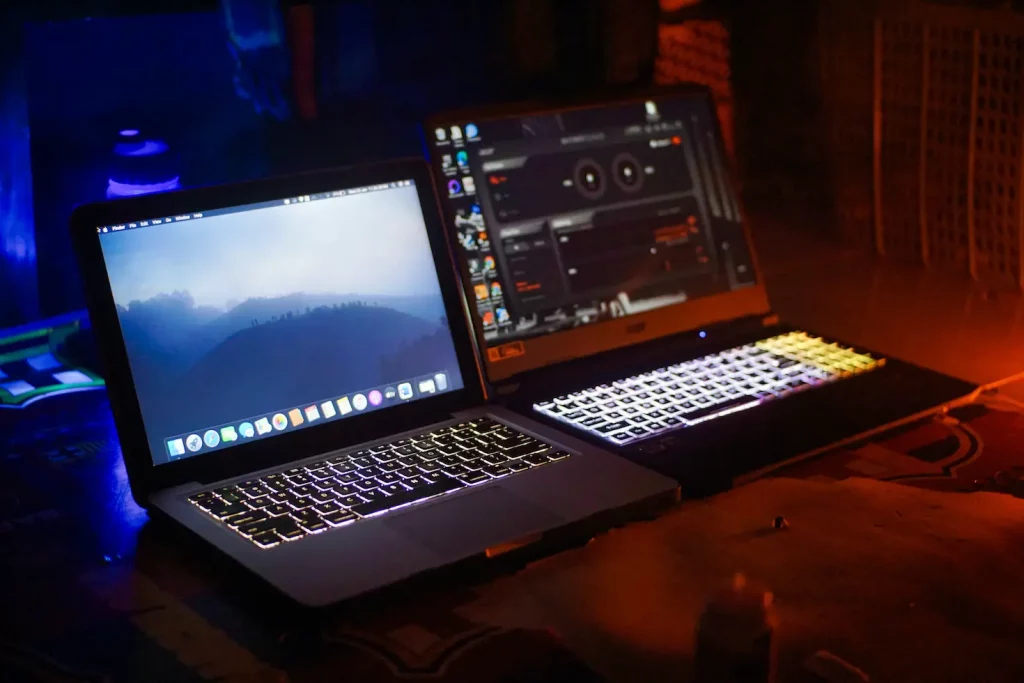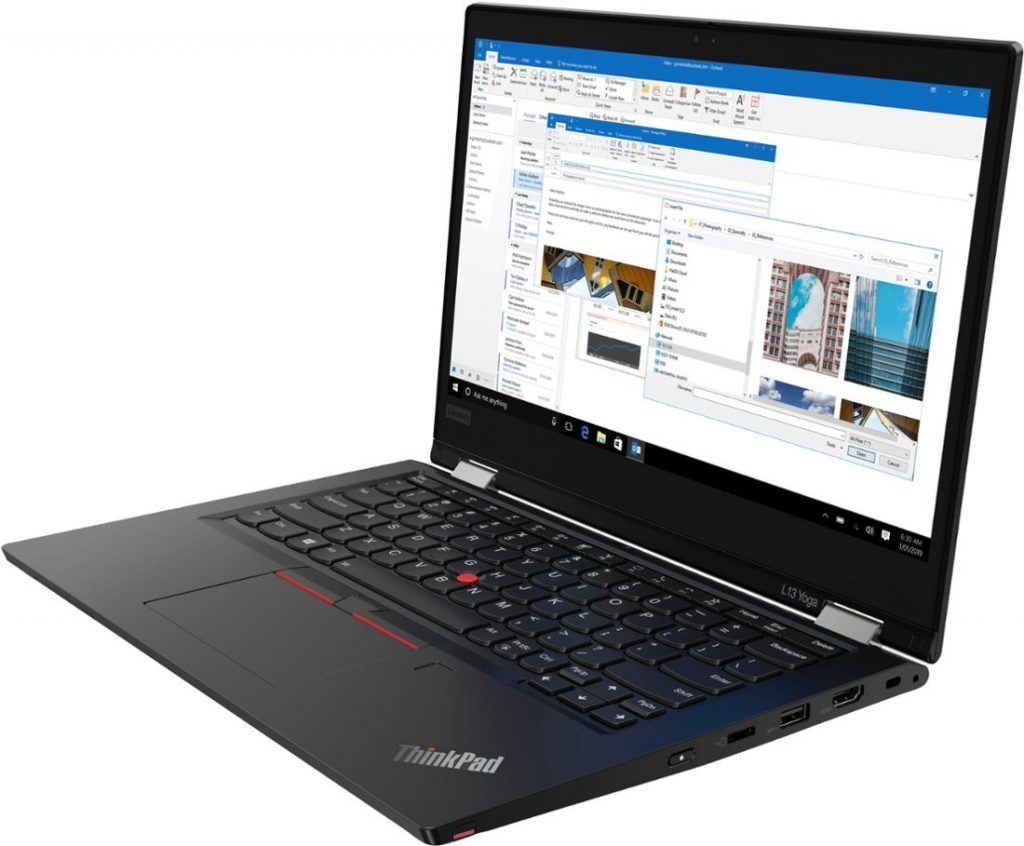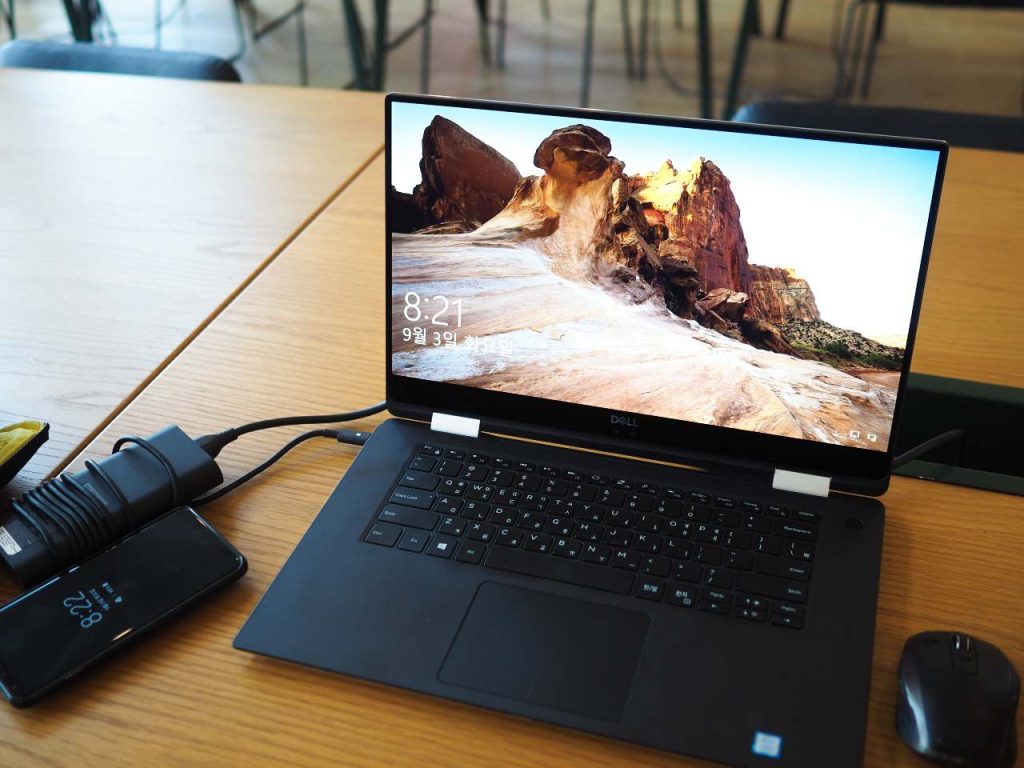Many of us have experienced the frustration and anxiety of encountering a laptop screen frozen during an important project or task. This inconvenient situation affects both novices and those familiar with technology, leaving us searching for a solution.
We aim to bring attention to the frustrating problem of a frozen screen on laptop. Additionally we’ll equip you with the essential information to address it directly. By comprehending the root causes and having a range of possible solutions, you can swiftly overcome this disruptive setback. Let’s dive into the issue’s core and empower you with the knowledge about the solution.
Why is my laptop frozen?
Encountering a laptop screen frozen can be an exhausting experience. What’s crucial to recognize is that there can be many reasons for a frozen screen on a laptop. Typically, we can categorize these causes into two main groups: software-related issues and hardware-related issues.
Software-Related Issues
Unresponsive Applications: A frequent software-related factor that can result in a screen freeze is the existence of unresponsive applications. When an application becomes unresponsive, it can burden system resources and cause the screen to freeze.
System Crashes: Software conflicts, incompatible drivers, or corrupted system files frequently trigger crashes, causing a frozen screen. The entire system can become unresponsive when the core operating system fails.
Malware: Viruses and malware that can cause disruptions, such as a frozen screen. These unwanted programs interfere with the normal operation of your laptop.
Hardware-Related Problems
Overheating: Overheating is a common hardware-related issue leading to a frozen screen. When a laptop’s internal parts get too hot, it can trigger protection mechanisms that cause the system to become unresponsive to prevent possible damage.
Faulty Components: A frozen screen can also occur due to hardware failures such as a malfunctioning hard drive, faulty RAM, or a defective graphics card. Diagnosing these problems necessitates hardware diagnostics and, if needed, replacing the faulty components.

Loose Connections: Occasionally, inadequate internal connections like those between the RAM and motherboard can freeze the screen. Ensuring proper connectivity of all internal components is crucial to avoid this issue.
Identifying whether the cause of a frozen screen is software or hardware-related is the crucial first step to finding a solution. Once you determine the root cause, you can take appropriate actions to resolve the issue and restore your laptop’s normal functionality.
Quick Fixes for a Frozen Laptop Screen
Dealing with a frozen laptop screen can be frustrating, but you can try various simple methods before diving into more intricate solutions. These immediate steps can assist you in regaining control of your system and avoiding the risk of data loss or hardware harm.
Restart the Computer
If the issue continues, try restarting your laptop. You can accomplish this by accessing the Start menu or pressing the power button. A fresh restart can often fix software-related problems that result in a frozen screen.

Keyboard Shortcuts
When your laptop screen freezes, a practical first step is to utilize keyboard shortcuts. On Windows systems, try pressing Ctrl + Alt + Delete simultaneously.
This will open the Task Manager, allowing you to force-quit unresponsive applications or restart the computer. On Mac systems, use Option + Command + Esc to open the “Force Quit Applications” window.
If the frozen screen is due to an unresponsive application, utilize the Task Manager (Windows) or Force Quit (Mac) to close the problematic program. This can often release the system from its frozen state. Ensure that you’re not forcefully closing critical system processes
Disconnect External Devices
Sometimes, a frozen screen can be caused by external devices like printers, hard drives, or USB peripherals. To troubleshoot, try disconnecting any non-essential external devices and rebooting your laptop. This can help determine if any of these peripherals are the source of the problem.
By implementing these easy solutions, you can often regain command of your laptop and proceed with your tasks. Nevertheless, if the issue persists or becomes recurrent, exploring more comprehensive software and hardware remedies might be crucial to avoid future instances of a frozen laptop screen.
Screen is Frozen on Laptop - Preventing steps
Experiencing a frozen laptop screen can be highly inconvenient, but there are measures you can implement to reduce the likelihood of encountering this exasperating problem. By engaging in proactive maintenance and adopting secure computing practices, you can ensure the seamless performance of your laptop and avoid screen freezes.
Regular Software Updates
It is important to ensure that your operating system, drivers, and software are always up to date. Manufacturers frequently release updates that handle bugs and vulnerabilities, thereby minimizing the occurrence of screen freezes. In order to maintain protection and security, it is advisable to configure your laptop to automatically install updates.
Maintaining Adequate Free Storage Space
Ensure you have enough storage space on your laptop’s hard drive or solid-state drive. Insufficient storage can cause performance problems and screen freezes. Delete unnecessary files and apps regularly to free up space.
Practicing Safe Browsing Habits
Practicing safe browsing can prevent malware from infecting your system. Avoid downloading files from untrusted sources clicking on suspicious links, and use reputable antivirus and anti-malware software to protect your laptop.
Keeping the Laptop Clean
Dust and debris can accumulate in your laptop, blocking airflow and causing overheating. Keep your device clean by regularly cleaning the vents and internal components. If you’re not confident in doing it yourself, consider professional cleaning.

Implementing these preventive measures can greatly decrease the chances of experiencing a frozen laptop screen and enhance your computer usage’s overall reliability and smoothness. Keep in mind that consistently maintaining and practicing safe habits are crucial for ensuring your laptop performs at its best.
Backup and Data Recovery for Frozen Screen Laptop
Apart from addressing issues, being ready for unforeseen circumstances is crucial. It emphasizes the critical significance of routinely backing up your data. Your data is invaluable, and protecting it is of utmost importance. Consistent backups guarantee that your valuable files and documents stay secure and retrievable even during a frozen screen or other disasters.
Even if data loss happens despite your utmost efforts, don’t lose hope. There are ways to recover data; if you require professional help, you can trust PITS Global Data Recovery Services. With their specialized knowledge and cutting-edge tools, they have a successful history of aiding individuals and businesses in retrieving lost data, even in difficult situations.
Frequently Asked Questions
Why is my laptop frozen and not responding?
There are numerous reasons why a laptop may freeze, whether due to software issues such as unresponsive applications, system crashes, or hardware problems such as overheating or faulty components. To resolve the issue, it is necessary to determine the root cause first.
How to restart a frozen laptop?
In order to unfreeze a laptop that’s not responding, there are a few keyboard shortcuts that can come in handy. For Windows laptops, you can try using Ctrl + Alt + Delete to open up the Task Manager or Force Quit Applications window. On Macs, try pressing Option + Command + Esc. If these shortcuts don’t do the trick, you can force a shutdown by holding down the power button and then power it back on to restart the laptop.
Why is my laptop freezing Windows 10?
Windows 10 freezing can happen due to various issues, including incompatible software, driver conflicts, or insufficient system resources. Regularly updating Windows and ensuring that your software and drivers are up to date can help solve this problem.
How do I unfreeze my laptop black screen?
If your laptop is stuck on a black screen, try pressing Ctrl + Alt + Delete (Windows) or Option + Command + Esc (Mac) to open the Task Manager or Force Quit Applications window. If that doesn’t work, you can force a shutdown by pressing and holding the laptop’s power button and then power it on again.
Why did my laptop freeze and go black?
A laptop can freeze and show a black screen for different reasons. These may include hardware problems like faulty components or overheating and software issues like crashes or incompatibility. To find a solution, it is crucial to determine the underlying cause.
What to do if laptop frozen and won't turn off?
If your laptop is frozen and won’t turn off:
Hold the power button for 10-15 seconds to force a shutdown.
Disconnect power sources, remove the battery (if possible), then restart.
Unplug external devices that may be causing the issue.
Boot in safe mode for troubleshooting.
Seek professional help if the problem persists.
